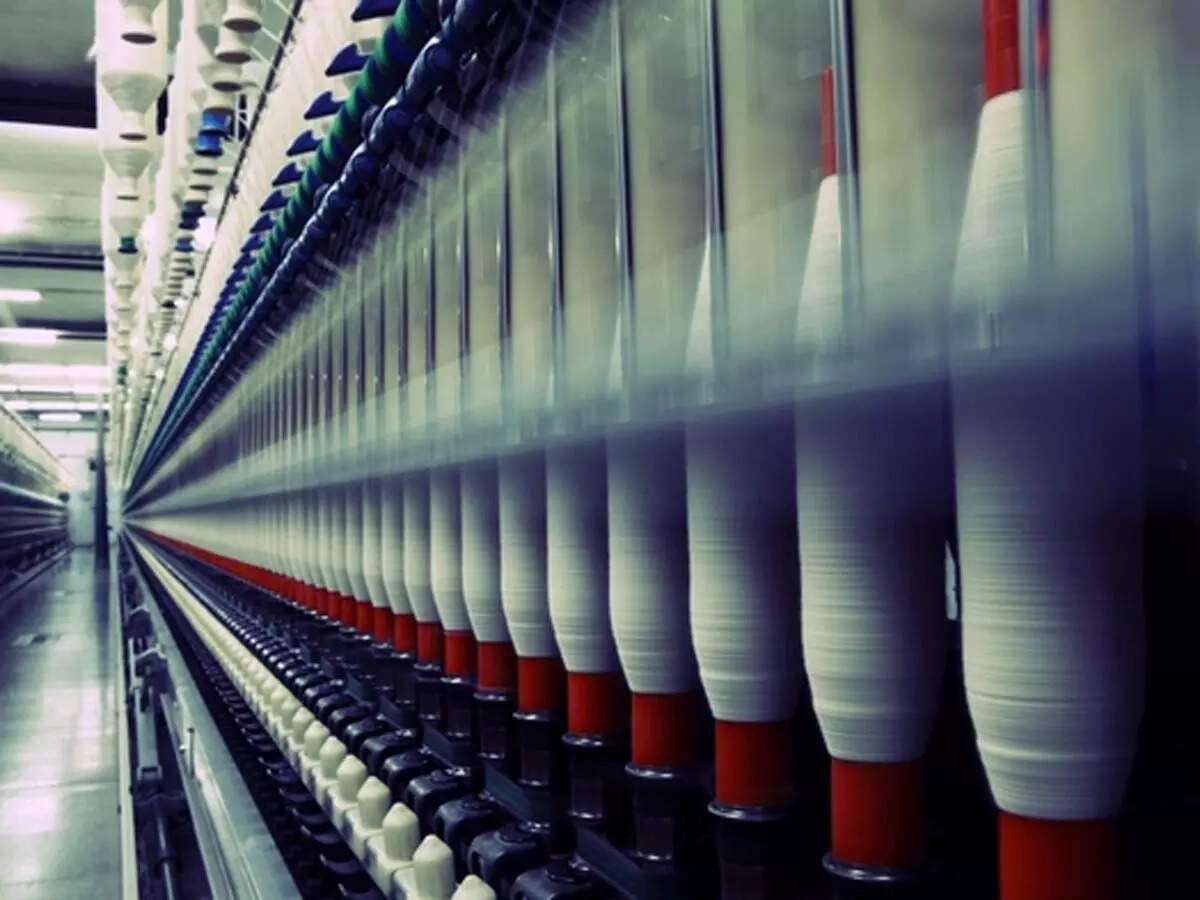How India can reach a target of $65 billion and counter Vietnam, Bangladesh, Retail News, ET Retail
 Textiles have a very extensive historical past in India. Acknowledged as the land of stunning fabrics more than the ages, India is dwelling to a textiles field that has been a pretty essential aspect of the place. Even so, the country’s current efficiency in worldwide trade has not been commensurate with its talents. Exports declined by 3 p.c during 2015–2019 and by 18.7 % in 2020. And nonetheless for the duration of the similar period of time, other small-cost nations around the world these types of as Bangladesh and Vietnam have attained share.
Textiles have a very extensive historical past in India. Acknowledged as the land of stunning fabrics more than the ages, India is dwelling to a textiles field that has been a pretty essential aspect of the place. Even so, the country’s current efficiency in worldwide trade has not been commensurate with its talents. Exports declined by 3 p.c during 2015–2019 and by 18.7 % in 2020. And nonetheless for the duration of the similar period of time, other small-cost nations around the world these types of as Bangladesh and Vietnam have attained share.
A assortment of aspects have contributed to India’s modern trade performance. India has element charge drawbacks (illustration, power costs 30 to 40 p.c much more in India than it does in Bangladesh). Deficiency of no cost or preferential trade agreements with key importers, these types of as EU, Uk and Canada for apparel and Bangladesh for fabrics, places pricing pressure on exporters. The superior cost of money and high reliance on imports for virtually all textiles equipment tends to make it difficult to generate the proper return on invested money. For a longer period lead moments than for Chinese producers make India uncompetitive, in particular in the fashion section. The development of nearshoring in western economies has not assisted both.
However, COVID-19, which has triggered a recalibration of sourcing patterns (China-plus-1 sourcing), has offered a golden chance for Indian textiles to get back a management placement as a top rated exporting economic climate. India need to attempt to improve exports at a CAGR of 8 to 9 per cent exports for the duration of 2019–2026, which should really just take exports to $65 billion by 2026. The Ministry of Textiles has set an even larger export goal of $100 billion around the upcoming 5 yrs. Accomplishing these targets could enable generate 7.5 million to 10 million immediate new careers in textiles. For a sector that employs almost 45 million individuals in direct careers across market and farming, generating these several careers will be a staggering accomplishment and will deliver a huge enhance to the general economy.
Achieving the $65 billion exports focus on up from $36 billion in 2019—will require India to double down in five vital regions:
- Attire: Target a $16 billion maximize by riding the China-In addition-One particular sentiment. India is suitably positioned on this, many thanks to its rather huge strategic depth in contrast to Vietnam or Bangladesh.
- Materials: Focus on a $4 billion leap by positioning India as a regional fabric hub, beginning with cotton wovens and then extending to other sub-categories.
- Household textiles: Focus on a $4 billion boost by making on current rewards to expand the worldwide buyer base.
- Gentleman-produced fiber and yarn: Goal a $2.5 billion to $3 billion jump with a concentrate on gaining share in MMF (male-manufactured fiber) solutions
- Specialized textiles: Focus on a $2 billion jump by building capabilities in choose key sub-segments on the back again of opportunity domestic demand from customers progress.
The path to achieving these targets will entail both govt and marketplace using important techniques. And the federal government looks geared up for the problem. The modern launches of a number of schemes this kind of as MITRA, PLI, RoDTEP highlights this motivation. It will be important for authorities to stick to up these launches with successful implementation and for market players to leverage these strategies successfully.Even so, substantially far more needs to be completed. Achieving advancement targets might need contemporary investments of $20 to $25 billion. And attracting new investments will entail making certain appealing returns on people investments. Though PLI and MITRA are correct methods to achieve the identical, India need to also take a look at possibly reduction in import responsibilities on equipment or advertising indigenous production to bring down cost of capex. Other critical place will be to maintain pursing absolutely free-trade / preferential-trade agreements with essential importers (instance – Uk, EU, Canada) so as to make landed price tag extra competitive.
On top of that, in order to make certain that firms are in a position to scale up effectively and operate profitably, India must consider vital ways to not only boost component charge competitiveness but also to optimize services ranges, adopt digitization, establish style capabilities and devote in sustainability & traceability to boost world competitiveness
If India wants to certainly differentiate by itself for world wide customers, India must goal to task the country’s textiles business as a a single-stop spot for solutions that are manufactured in a sustainable way in clear value chains with most effective-in-course good quality at competitive costs and guide occasions. India’s overall performance more than the upcoming 5 yrs could established the tempo for many a long time to arrive. With the country’s global positioning and tens of millions of work at stake, India will have to move—and transfer fast—on all identified frontiers.
(Neelesh Hundekari and Karan Dhall are Companions at Kearney)







